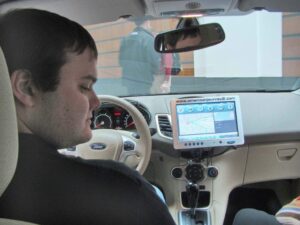
For a growing number of people, the Internet is an ever-present companion, whether they’re using a laptop to pay bills or posting a status update on facebook from their smartphone. In fact, there’s really just one place, doing one activity, where connecting to the Net is a problem: behind the wheel of a car while driving.
Ford is looking for a way to make that possible – safely — and the company has turned to those drivers most connected to the Web to find a solution. They have formed a partnership with a class at the University of Michigan (U-M) where students are designing apps for use in the car – specifically through Ford’s Sync technology.
The research project has so far resulted in six programs for the company’s new Fiesta, a subcompact due to launch as a 2011 model. Ford uses Sync’s voice recognition technology to make these applications accessible while driving.
“We’re talking about bringing the Internet up to speed,” Alan Hall, technology communications manager for Ford, said. “Voice is what we really see as the primary interface moving forward.”

Marrying the Internet to the automobile will also aid productivity, said Venkatesh Prasad, group and technical leader of Ford’s infotronics research and advanced engineering team. He said that commuting to and from work is lost time while the driver has to concentrate only on driving.
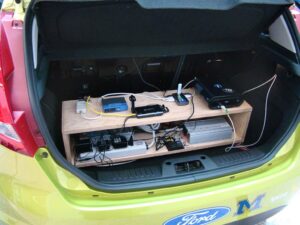
Prasad suggested a couple of examples of what someone could do while driving if they were able to access the Internet. He suggested a guy named Joe might be thinking about making a Mother’s Day brunch while hearing about a recipe on a radio show. Joe could find the recipe, contact his local market and they could have the ingredients gathered for him when he stops by on his way home.
The Internet could be used to find friends who are in the area, or suggest restaurants that are close by when it’s time for lunch.
Ford Research Engineer T.J. Giuli said the project started with Ford’s decision to use a standard set of computer hardware, allowing new software to be added, just like your home computer. The company contacted U-M about developing a course where students would dream up mobile Internet applications – or apps.
Over the coming days, some of the students and educators will drive a pair of Fiestas to San Francisco to attend Maker Faire, a convention for do-it-yourselfers and inventors.
Collin Hockey, a 2010 U-M graduate, demonstrated the program developed by his team called Caravan Track. The app allows others in the caravan to track the vehicles’ speed, fuel level and other statistics. It also will help users find points of interest such as restaurants.
“The main point of the app is searching for stops you want to make,” said Hockey, who will be starting a job at Mitre Corp. in Bedford, Massachusetts, after the trip.
The venture is part of what Ford calls American Journey 2.0, a joint project with computer giants Microsoft and Intel in which the companies challenged the students to define the in-car experience of the future.
Brian Noble, associate professor of computer science and engineering at U-M, said the class was such a success that the university will offer it again next year.
“I’ve been learning this stuff just as much as the students are,” Noble said.
Hall said Ford does not plan to open its own app store as Apple has done, but instead is making the source code available to developers who want to design mobile apps. Mobile phone users would find the apps at the stores for their device.
Although some of Ford’s ideas are several years away from reality, the Fiesta, which has been the subject of a groundbreaking social media marketing campaign, will be capable of running some of the new apps. iPhone users will have to wait for the 2012 model when their phones will be compatible with all of the features of Sync, Hall said.
While it may seem that enabling users to access the Internet in their car would lead to safety issues, Hall said Ford views its efforts as enhancing safety. He said drivers are already using mobile devices to access the Internet in their cars.
“Customers are doing this. We have a way to make it safer,” Hall said. “Our goal is to drive everything to the voice interface.”
Bryan Laviolette is founder and editor of michiganwllz.com, a Web site for Michigan automotive and travel enthusiasts.


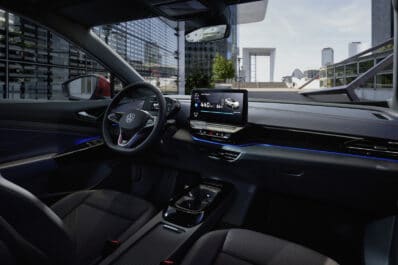
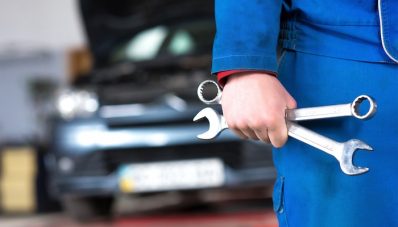
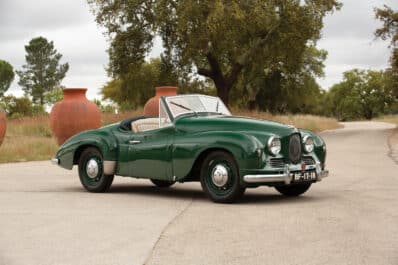
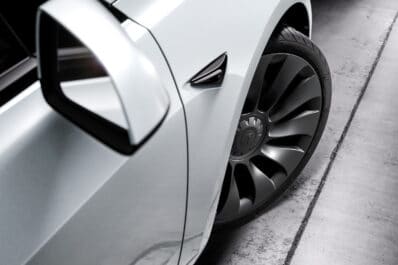
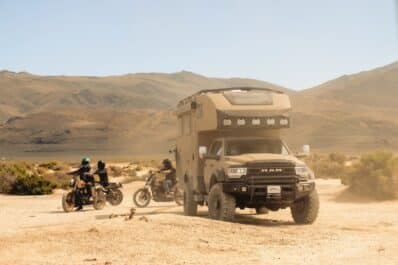
One response to “Students Design In-Car Apps for Ford Fiesta”